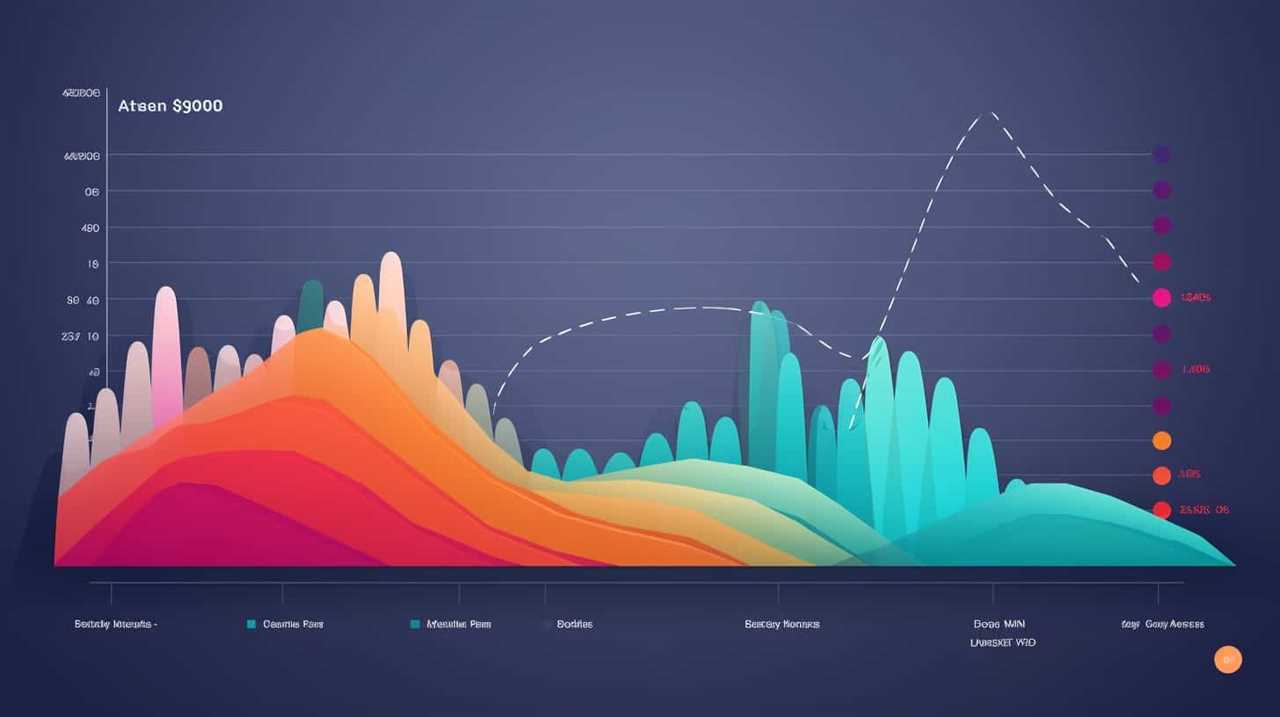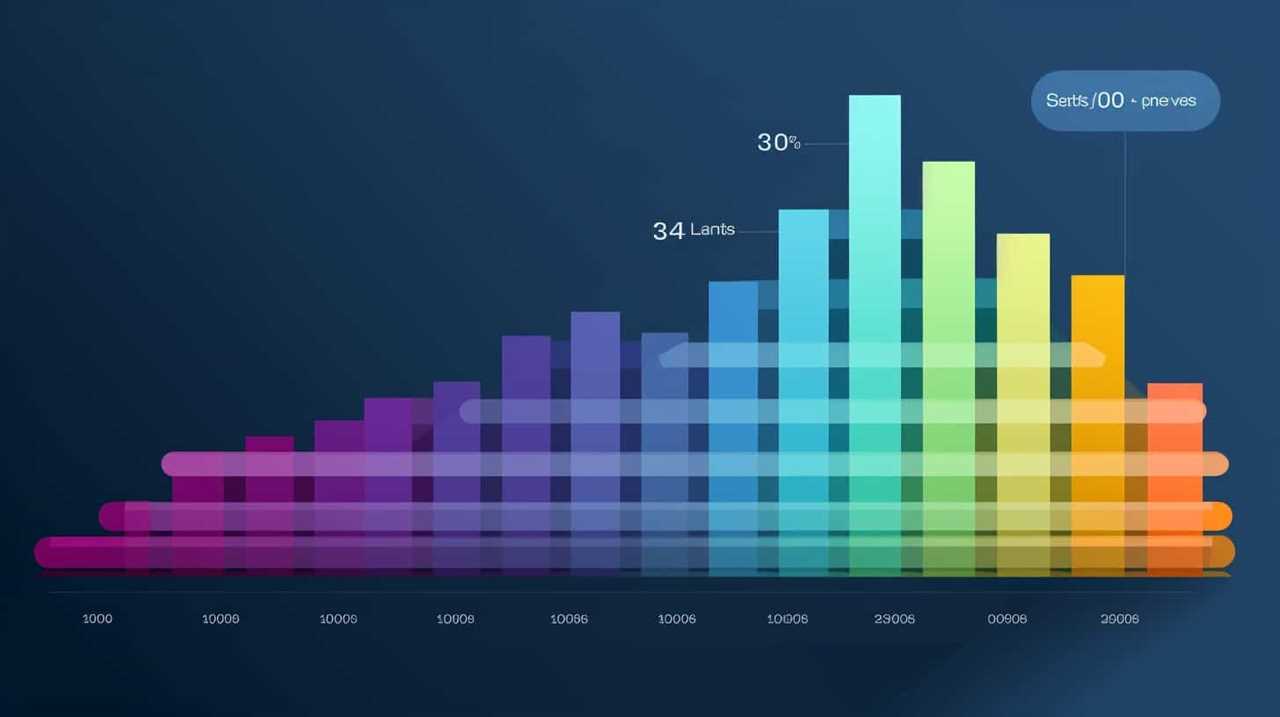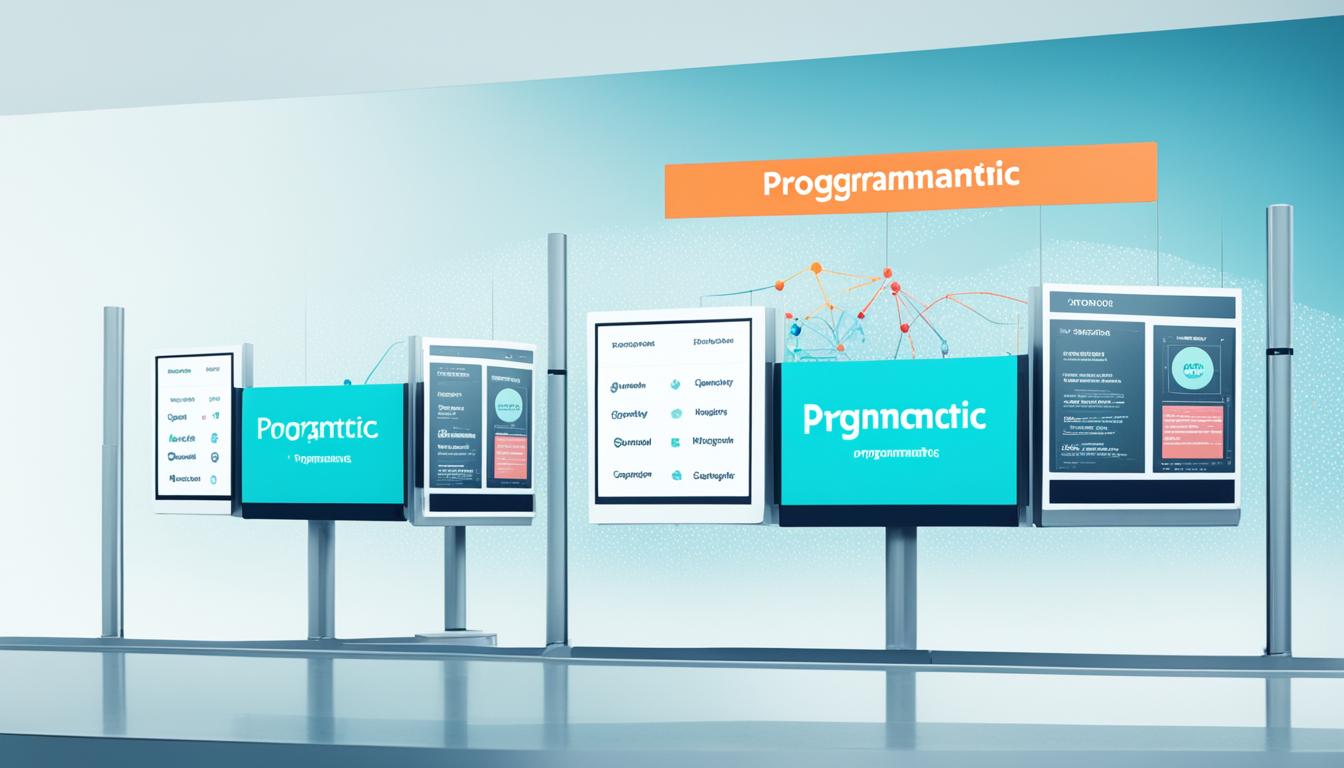Have you ever felt like your website is stuck in quicksand, unable to climb up the search engine rankings?
Well, broken links might just be the hidden culprit sabotaging your SEO efforts. These pesky links not only frustrate users but also hinder search engine crawlers from properly indexing your site.
As a result, your website’s authority takes a hit, leading to potential ranking decreases and increased bounce rates.
But fear not! In this article, we’ll share data-driven tips to prevent and fix those troublesome broken links, helping you regain control over your SEO game.

Key Takeaways
- Broken links disrupt user flow and hinder finding information or products
- Websites with broken links have lower conversion rates
- Broken links hinder search engine crawlers from discovering and indexing web pages
- Broken links negatively impact SEO rankings
Negative Impact on User Experience
Broken links have a negative impact on our users’ experience. When users encounter broken links while navigating our website, it disrupts their flow and hampers their ability to find the information or products they’re seeking. This can lead to frustration and a decrease in user satisfaction.
Additionally, broken links can have a detrimental effect on conversion rates. When users click on a broken link that was supposed to lead to a product or a conversion point, they’re unable to complete their desired action, resulting in lost opportunities and potential revenue. Studies have shown that websites with broken links experience lower conversion rates compared to those with functioning links.
Therefore, it’s crucial for us to regularly monitor and fix any broken links to ensure a seamless and positive user experience, ultimately improving our conversion rates.
Decreased Crawlability and Indexing
When it comes to broken links, they can have a significant impact on SEO ranking. Search engine crawlers rely on following links to discover and index web pages. When broken links hinder their ability to crawl and index a website, it can lead to decreased visibility in search engine results.

Additionally, broken links can also degrade the user experience, causing frustration and potentially leading to penalties from search engines.
SEO Ranking Impact
Our research indicates that the presence of broken links has a significant negative impact on SEO rankings, particularly in terms of decreased crawlability and indexing.
Broken links can hinder search engine bots from effectively crawling and indexing your website, which can result in lower visibility and rankings. When search engines encounter broken links, they may stop crawling the page or even the entire website, missing out on valuable content and reducing the chances of your website being indexed.
This can ultimately impact your overall SEO performance and hinder your website’s ability to rank well in search engine results pages. To mitigate this issue, it’s important to regularly monitor and fix broken links using a reliable broken link checker tool.

Ensuring a well-crawled and indexed website is crucial for maintaining a strong SEO presence.
Now, let’s delve into the subsequent section about the impact of broken links on user experience degradation.
User Experience Degradation
To continue our discussion on the impact of broken links on SEO, it’s important to address the user experience degradation caused by decreased crawlability and indexing.
When a website has broken links, it becomes difficult for search engines to navigate through the site and index its content effectively. This results in a negative user experience as visitors encounter dead ends and are unable to access desired information.

Moreover, broken links hinder improved navigation, making it harder for users to explore the website and find what they need. This frustration can lead to a higher bounce rate and a decrease in the website’s conversion rate.
Therefore, ensuring a smooth user experience by fixing broken links is crucial for maintaining a high conversion rate and keeping visitors engaged.
Now, let’s delve into the potential penalties imposed for broken links.
Potential Penalties Imposed
As we delve into the potential penalties imposed for broken links, it’s important to note the decreased crawlability and indexing that occurs. When search engines encounter broken links on a website, they’re unable to navigate through the pages effectively, resulting in decreased crawlability. This means that search engines may not be able to discover and index all the pages on the site, leading to a negative impact on SEO.

The consequences of broken links include:
- Reduced visibility: When search engines can’t crawl and index all the pages, it becomes difficult for the website to rank well in search results, resulting in decreased visibility.
- Poor user experience: Broken links can frustrate users and create a negative impression of the website, leading to increased bounce rates and diminished user engagement.
- Lost link equity: Broken links can disrupt the flow of link equity within a website, preventing the effective distribution of authority and potentially impacting the overall SEO performance.
Loss of Link Equity
Exploring the impact of broken links on SEO, we find that a significant concern is the loss of link equity. Link equity preservation is crucial for maintaining a strong SEO performance.
Link building strategies are designed to acquire high-quality backlinks, which contribute to a website’s authority and visibility in search results. However, when these links become broken, the link equity they once passed is lost. This means that the value and authority associated with those links are no longer transferred to the website.
As a result, the website may experience a decrease in its overall link equity, potentially affecting its rankings in search engine results pages. Therefore, it’s essential to regularly monitor and fix broken links to preserve link equity and maintain a favorable SEO performance.

Potential Ranking Decrease
Broken links can result in a decrease in search engine rankings, which can have potential SEO consequences. Here are three ways broken links can impact your search engine rankings:
- Loss of Link Juice: When a page on your website has broken links, it can prevent search engine bots from crawling and indexing your content properly. This can lead to a decrease in the overall link equity of your site, impacting your rankings.
- Negative User Experience: Broken links can frustrate users and cause them to leave your site. This increased bounce rate signals to search engines that your website may not be providing valuable or relevant content, resulting in a potential decrease in rankings.
- Poor Website Reputation: Having broken links can create a negative impression of your website’s trustworthiness and professionalism. This can lead to a decrease in organic traffic and affect your search engine rankings.
In the next section, we’ll explore the impact of broken links on the increased bounce rate.
Increased Bounce Rate
Broken links can significantly impact the bounce rate of a website, affecting user engagement and potentially harming SEO efforts. When users encounter broken links, they’re more likely to abandon the website, leading to increased website abandonment. This increased bounce rate signals to search engines that the website may not be providing valuable or relevant content, resulting in decreased user engagement.
Users expect websites to provide a seamless browsing experience, and encountering broken links can be frustrating and disruptive. As a result, users are less likely to stay on the website, explore its pages, or engage with its content. This decrease in user engagement can have a negative impact on SEO efforts, as search engines prioritize websites that offer a positive user experience.

Therefore, it’s essential to regularly check and fix broken links to minimize their impact on website performance and user engagement. This issue of increased bounce rate ties directly into the next subtopic, which explores how broken links can impact website authority.
Impacted Website Authority
Continuing from the increased bounce rate caused by broken links, our website’s authority is directly impacted by this issue. When users come across broken links on a website, it raises concerns about the website’s credibility. This can have a negative impact on user trust and perception of the website’s reliability.
Here are three key ways in which broken links can impact website authority:
- Reduced user trust: When users encounter broken links, it creates frustration and gives the impression that the website isn’t well-maintained or up-to-date. This can make users question the credibility of the website and its content.
- Decreased user engagement: Broken links hinder users from accessing the desired information, resulting in a poor user experience. This can lead to decreased user engagement and a higher likelihood of users leaving the website.
- Negative SEO impact: Search engines consider broken links as a signal of poor website quality. This can negatively affect the website’s search engine rankings, ultimately impacting its authority and visibility.
In the next section, we’ll discuss tips to prevent and fix broken links, which are crucial for maintaining website authority and credibility.

Tips to Prevent and Fix Broken Links
To effectively prevent and fix broken links, we can implement a number of strategies.
First, regularly conduct website maintenance to identify and fix any broken links. This can be done by using tools such as Google Search Console or broken link checkers.
Additionally, ensure that all internal links on your website are updated and functional.
When it comes to external links, regularly check for any changes or updates in the URLs of the websites you’re linking to.

Another effective strategy is to implement proper redirects for any broken links. This will ensure that users are directed to the correct page and that search engines can still crawl and index your website properly.
Lastly, consider implementing a link building strategy to enhance the overall quality and relevance of your website’s links.
Frequently Asked Questions
How Can Broken Links Affect the Overall User Experience on a Website?
Broken links negatively impact user experience on a website by causing frustration and hindering navigation. Users are less likely to engage and convert, leading to decreased conversion rates and potential loss of sales.
Are There Any Negative Consequences for Search Engine Crawlability and Indexing When Broken Links Are Present?
Broken links have a negative impact on SEO consequences. They hinder search engine crawlability and indexing, resulting in lower rankings. 404 errors increase bounce rates, affecting user experience and decreasing organic traffic.

What Is Link Equity and How Does It Get Affected by Broken Links?
Link equity is the value that a webpage’s links pass to other pages. Broken links hinder the flow of link equity, negatively impacting SEO. They reduce search engine rankings and degrade user experience.
Can Broken Links Potentially Lead to a Decrease in Search Engine Rankings?
Broken links can have a significant impact on website traffic and credibility. They can potentially lead to a decrease in search engine rankings, which could adversely affect the visibility and reputation of a website.
How Do Broken Links Contribute to an Increased Bounce Rate on a Website?
Broken links contribute to an increased bounce rate on a website, impacting user engagement. When users encounter broken links, they are less likely to stay on the site, negatively affecting their experience.
Conclusion
In conclusion, broken links can have a significant impact on SEO and shouldn’t be overlooked. They not only negatively affect user experience and decrease crawlability and indexing, but also lead to a loss of link equity and potential ranking decrease.

Additionally, broken links can increase bounce rates and impact website authority.
Taking proactive measures to prevent and fix broken links is crucial for maintaining a strong online presence and improving SEO performance.










